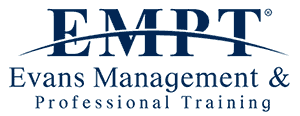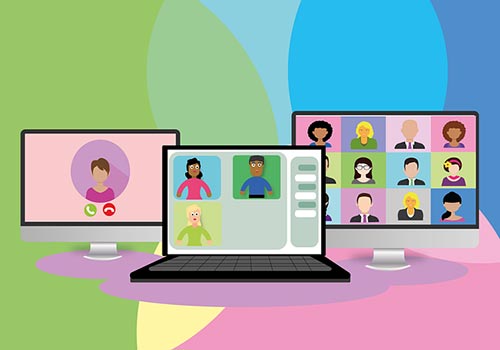- Supervised child contact usually takes place when a child has or is likely to suffer harm. Supervised contact should ensure the safety of a child or children having contact; it also assists in building and sustaining positive relationships between a child and members of their non-resident family.
- Potentially, supervised child contact can be intrusive, but it can also play a therapeutic role that provides the environment for children to have contact with significant others to develop how they relate to each other. Thus, on the one hand, supervised contact can be viewed as indiscreet, as the child contact supervisor may be required to remain within reasonable proximity to the child or children involved in the contact to ensure their safety. The contact supervisor is also expected to intervene if they consider that a child or children are at risk.
- The Coram, guide to Best Practice in Supervised Child Contact highlights risk indicators (Characteristics) of child contact suggesting that the contact is dangerous. On the other hand, good practice suggests that the child contact supervisor/s should establish positive working relationships with the children and adults involved in the contact process whilst focusing always on the children’s needs as paramount consideration. The child contact supervisor is also expected to work in an impartial way with significant people involved in child contact who maybe distressed or expressing behaviour associated with conflict.
- Please click here to view contact presentation 2016 www.emptlondon.com
- The National Association of Child Contact Centres (NACCC) gives a broad range of information related to child contact.
Sponsored by: Telephone: 0330 335 1848
Telephone: 0330 335 1848
https://www.emptlondon.com/tsd-standard-4-know-communicate-effectively
https://www.emptlondon.com/giving-advice-information-young-people-substance-misuse-risk-taking

